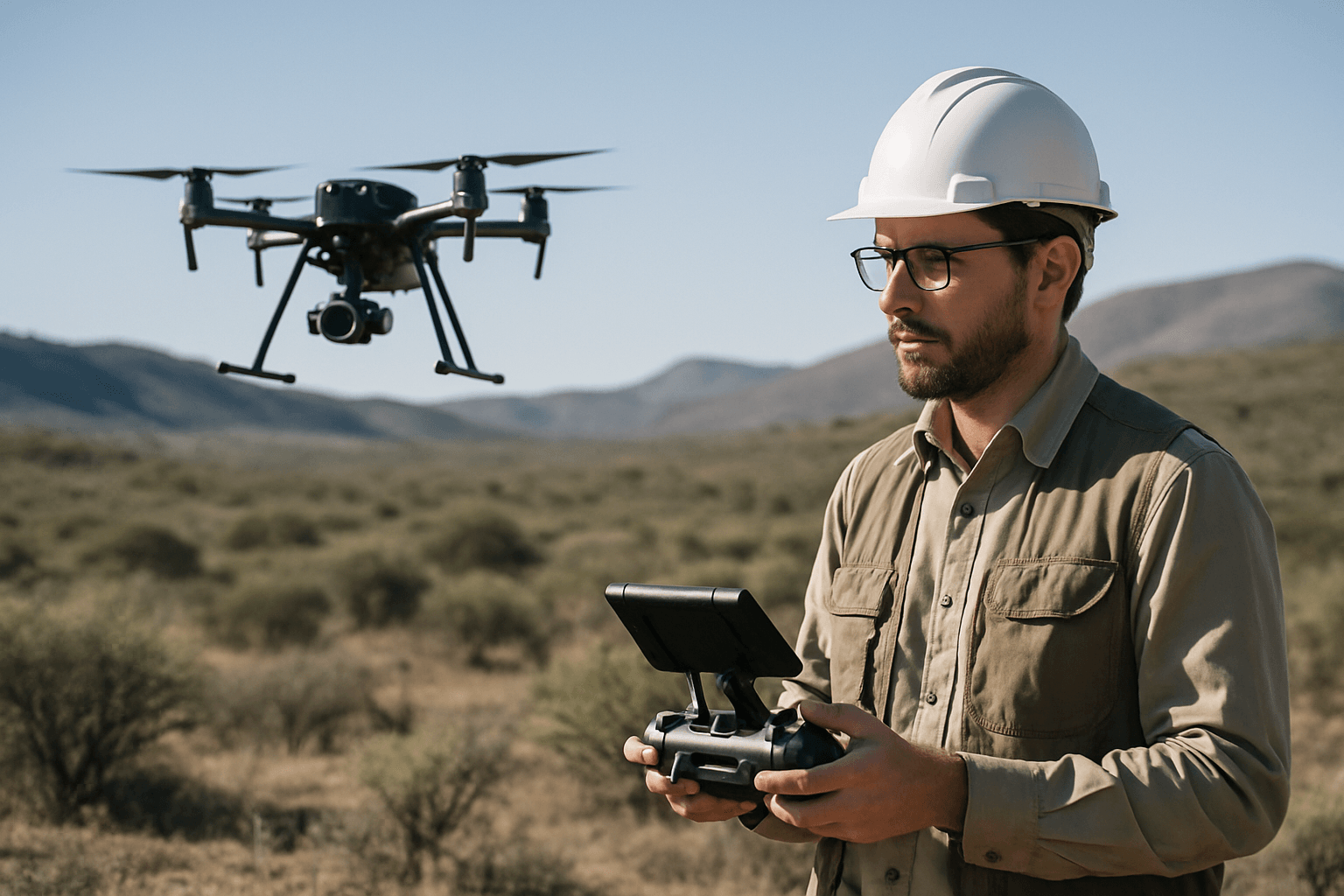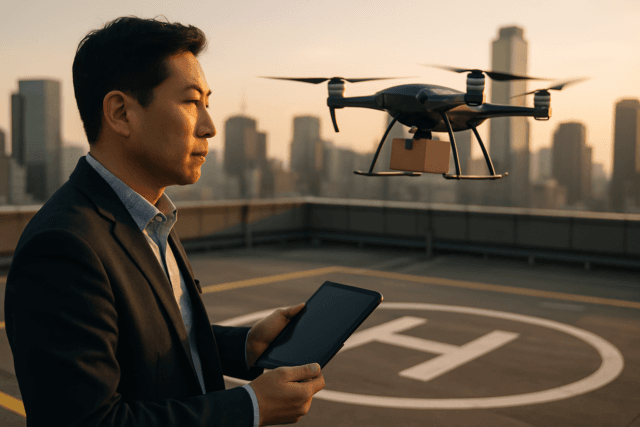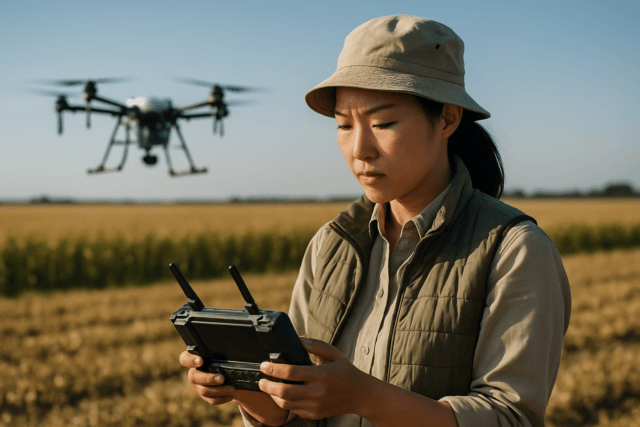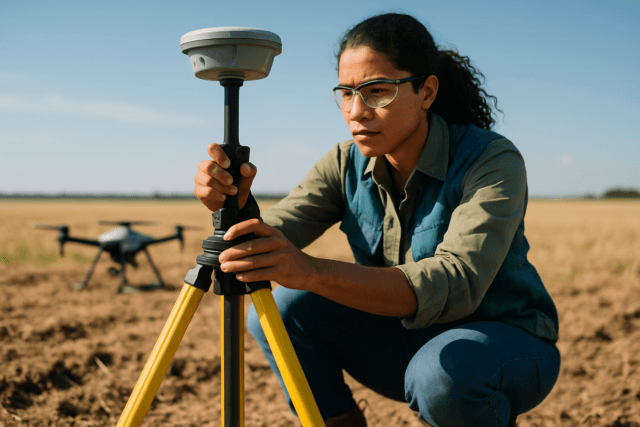The field of ecological research and conservation is undergoing a profound transformation with the increasing integration of Unmanned Aerial Vehicles (UAVs), commonly known as drones. As a Robotics and Aerospace enthusiast, I’ve witnessed firsthand how these sophisticated aerial platforms are reshaping our ability to monitor and track wildlife, offering unprecedented precision, efficiency, and scalability in conservation efforts. Drones provide a “bird’s-eye perspective” over vast and often inaccessible landscapes, enabling detailed observation and data collection with minimal disturbance to animal populations.
The Rise of Drone Technology in Ecological Research
Traditional wildlife monitoring methods, such as ground-based surveys or manned aircraft, often present significant challenges. They can be time-consuming, labor-intensive, expensive, and sometimes dangerous for researchers. Furthermore, human presence can disrupt animal behavior, leading to stress-induced reactions and potentially inconsistent data. Drones overcome many of these limitations by offering a safer, more efficient, and less intrusive means of data acquisition. The convergence of drone technology with artificial intelligence (AI) has further propelled this field, enabling automated species identification, animal tracking, and population estimation through sophisticated data processing.
Advantages of Drones in Wildlife Monitoring and Tracking
The adoption of drones in wildlife studies brings a multitude of benefits that enhance the scope and quality of ecological research.
Enhanced Data Collection Efficiency
Drones are highly efficient in covering large areas quickly, collecting high-resolution aerial imagery, thermal sensing data, and other critical information that would be challenging or impossible to gather through traditional ground-based methods. This rapid data acquisition allows scientists to focus more on data analysis and the formulation of conservation strategies.
Reduced Human Disturbance
One of the most significant advantages of using drones is their ability to monitor wildlife from a safe distance, minimizing direct human interaction and the associated disturbance to animal behavior. This non-intrusive approach is particularly crucial for studying sensitive or endangered species, where every individual’s health and behavior are critical to the survival of their population.
Access to Remote and Difficult Terrains
Drones can navigate challenging terrains, including dense forests, vast savannas, mountainous regions, and even aquatic environments, that are otherwise difficult or dangerous for human researchers to access. This capability provides invaluable insights into species in remote habitats.
Cost-Effectiveness and Scalability
Compared to manned aircraft, drones offer a relatively low operational cost and reduce the risks to human operators. Their ability to survey expansive areas with fewer personnel makes them a cost-effective and scalable solution for long-term conservation projects and research endeavors.
Key Applications in Wildlife Studies
Drones are being deployed across a diverse range of wildlife monitoring and tracking applications, providing novel solutions to long-standing challenges.
Population Counting and Distribution Mapping
Equipped with high-resolution visual and thermal cameras, drones can accurately count animal populations, even in dense vegetation or at night. They are effective for estimating population sizes of various species, from large mammals like elephants and rhinos to bird colonies. This data also enables the creation of detailed distribution maps, offering insights into habitat use and spatial ecology.
Behavioral Studies and Habitat Use
Drones allow researchers to observe animal behavior in their natural environment without influencing their actions. This includes tracking migration patterns, analyzing habitat changes, and even capturing previously unseen behaviors, such as narwhals stunning prey with their tusks. Multispectral sensors can also assess vegetation health and habitat quality, which are crucial for understanding ecological relationships.
Anti-Poaching and Conservation Enforcement
Drones play a vital role in anti-poaching efforts by providing real-time aerial surveillance of protected areas. Equipped with night vision and thermal imaging capabilities, they can detect poachers and illegal activities, enabling rapid response from ground teams and significantly increasing the chances of interception. Some systems are also designed to be robust and withstand vandalism.
Disease Surveillance and Health Monitoring
The instrumentation of drones allows for the detection of sick or injured individuals, sometimes based on temperature measurements or abnormal movement patterns. Drones can also carry gas sensors to monitor air quality near sensitive ecosystems, providing insights into wildlife habitat health.
Essential Drone Technologies and Payloads for Wildlife Research
The effectiveness of drones in wildlife monitoring is largely dependent on the sophisticated sensors and technologies they carry.
Visual and Thermal Cameras
High-resolution RGB cameras are fundamental for capturing visual aerial imagery, useful for counting animals, observing nesting birds, detecting poaching activities, and assessing habitat. Thermal cameras, which detect heat signatures, are ideal for locating nocturnal, camouflaged, or hidden wildlife, identifying injured animals, and monitoring burrowing species, especially in low-light conditions or dense foliage.
Lidar and Multispectral Sensors
Lidar (Light Detection and Ranging) technology is used to analyze canopy density, measure tree height, and identify nesting sites, even penetrating dense foliage to capture ground details and understand hidden ecosystems. Multispectral and hyperspectral cameras capture data across various light wavelengths, including infrared and ultraviolet, to analyze vegetation health and habitat quality, crucial for mapping and monitoring ecosystems.
GPS Tracking and Telemetry Integration
Drones can be equipped with radio telemetry receivers to track animals fitted with GPS or VHF collars, which is particularly useful for studying migratory species and monitoring endangered species in remote areas. Advanced navigation systems and GPS ensure precise positioning and autonomous flight planning.
Challenges and Considerations
Despite their numerous benefits, the widespread adoption of drones in wildlife monitoring faces several challenges that require careful consideration.
Regulatory and Ethical Concerns
Operating drones for wildlife research in restricted areas, such as national parks, protected zones, or near airports, requires strict compliance with aviation and environmental regulations. Many countries mandate special permits, often requiring researchers to demonstrate minimal disturbance to wildlife and adherence to no-fly zones. There are concerns about drones potentially causing stress to wildlife, altering animal behavior, or leading to habitat displacement, necessitating ethical guidelines and responsible operation to minimize harm.
Technical Limitations and Environmental Factors
Current drone technology still has limitations, including restricted flight time due to battery capacity, difficulty in detecting very small or fast-moving animals, and inability to operate in difficult weather conditions or extremely dense vegetation. Data diversity and model generalizability for AI-driven analysis can also be challenging due to occlusions, background interference, and sensor resolution constraints. Drones are also vulnerable to predator attacks or collisions with birds.
Data Processing and Analysis Demands
The vast amount of high-resolution data collected by drones requires significant computational resources for processing and analysis. However, advancements in AI-powered image analysis and deep learning models (e.g., YOLO, Faster R-CNN) are revolutionizing species identification and movement analysis, making the processing of large datasets more efficient.
Future Outlook: Evolving Capabilities and Broader Impact
The future of drones in wildlife monitoring is promising, with ongoing advancements continually enhancing their capabilities. Improvements in battery life, AI-powered image analysis, swarm drone technology, and integration with the Internet of Things (IoT) will further optimize data collection, processing, and real-time monitoring. These developments will not only refine existing applications but also unlock new possibilities for conservation efforts, such as real-time habitat monitoring and more sophisticated behavioral studies. The increased accessibility of low-cost, high-quality drones is democratizing remote sensing in environmental science, allowing for broader adoption and innovation in the field.
Conclusion
Drones have undeniably become an indispensable tool in wildlife monitoring and tracking studies, offering unparalleled advantages over traditional methods. By providing efficient, non-intrusive, and scalable data collection, they are revolutionizing our understanding of animal populations, behaviors, and habitats. While challenges related to regulation, technical limitations, and data management persist, the continuous evolution of drone technology and its integration with advanced AI promise an even greater impact on wildlife conservation, ensuring a more effective and comprehensive protection system for biodiversity worldwide.





